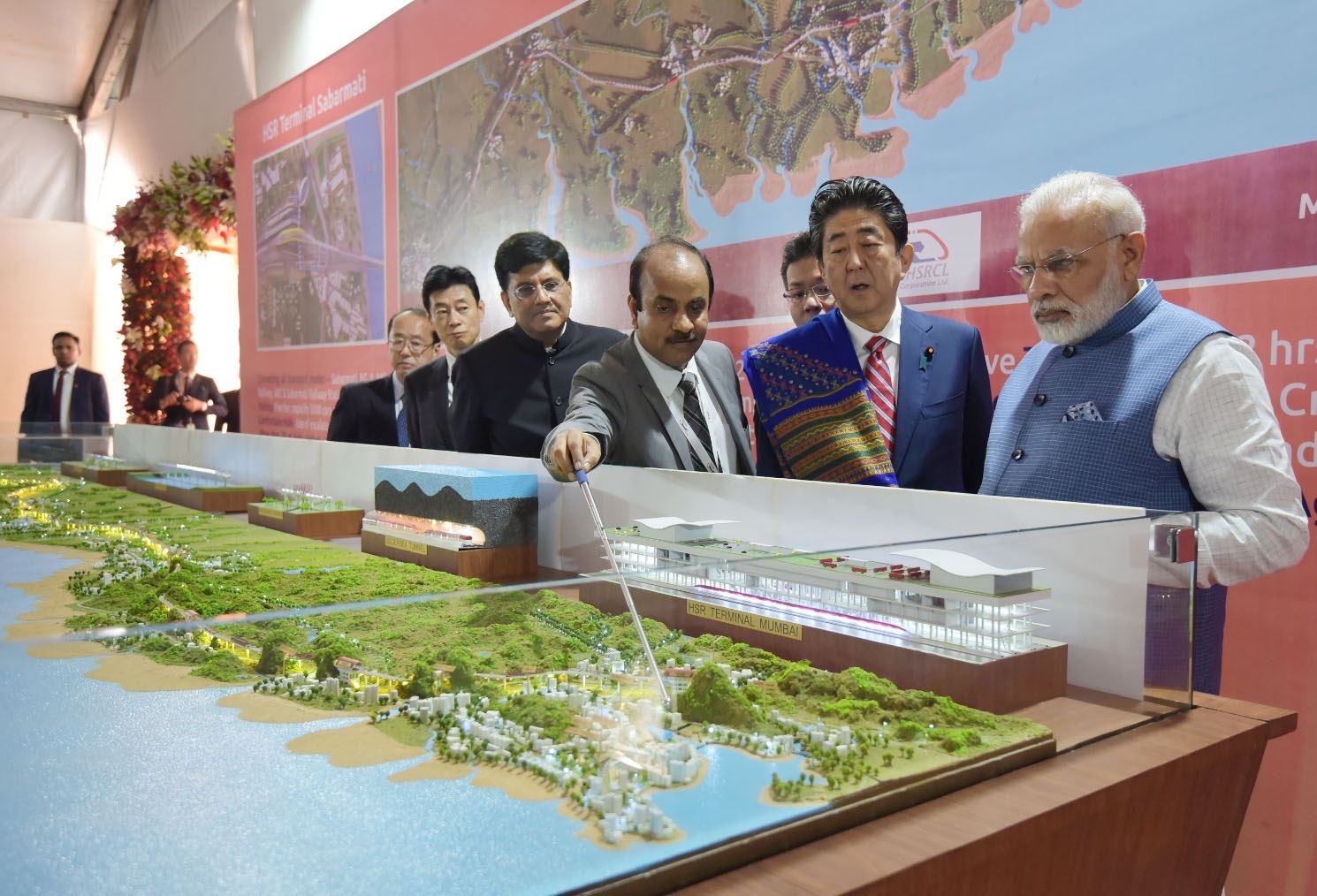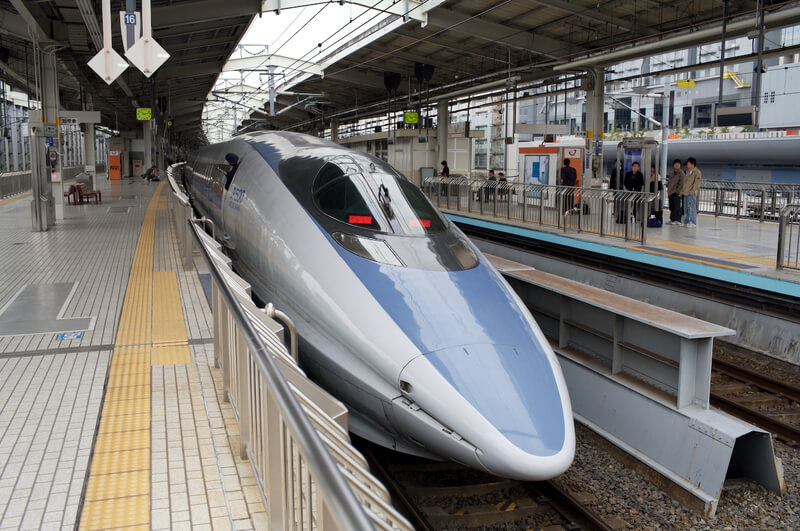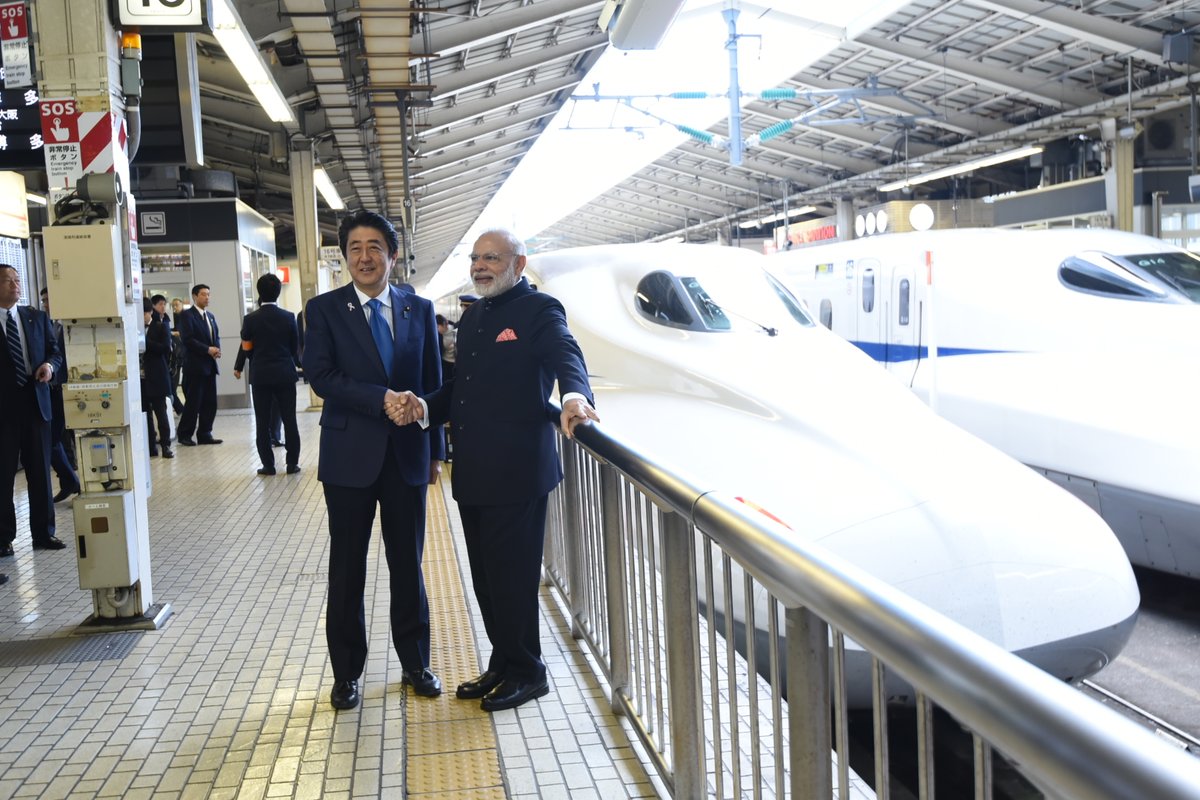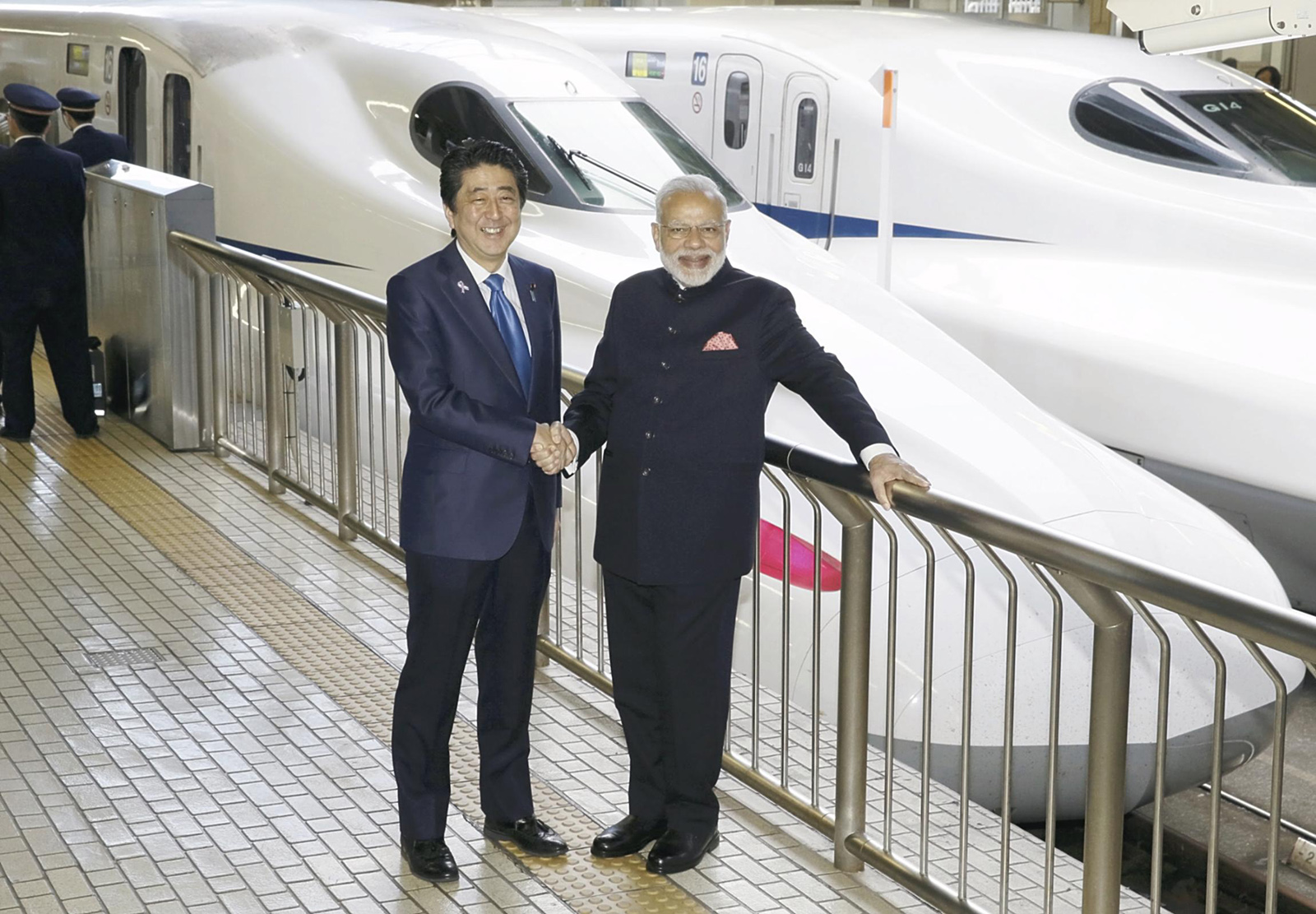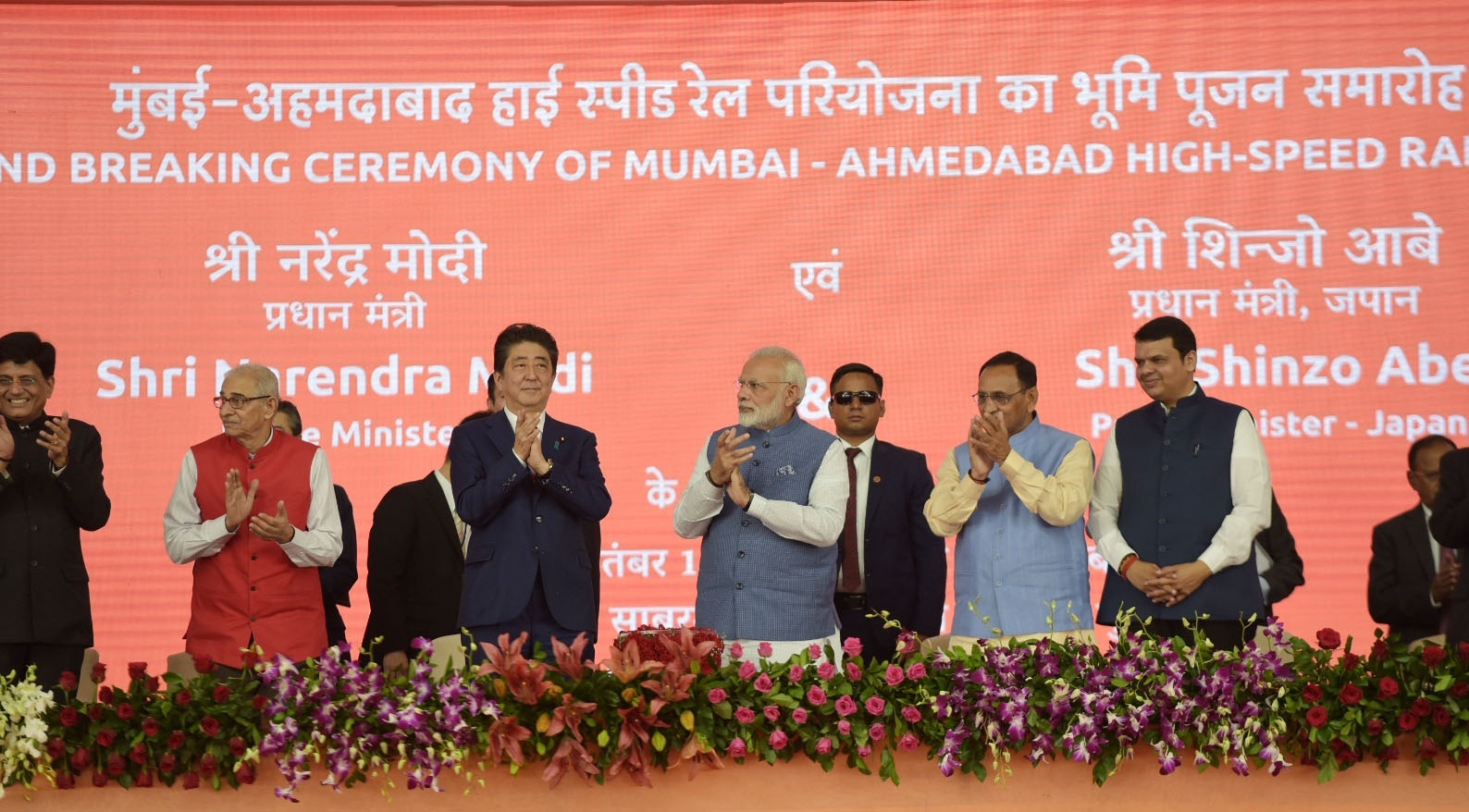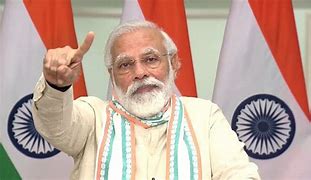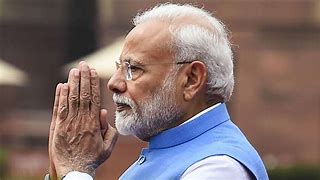Feature
India’s first high speed bullet train to run between Ahmedabad, Mumbai by 2022
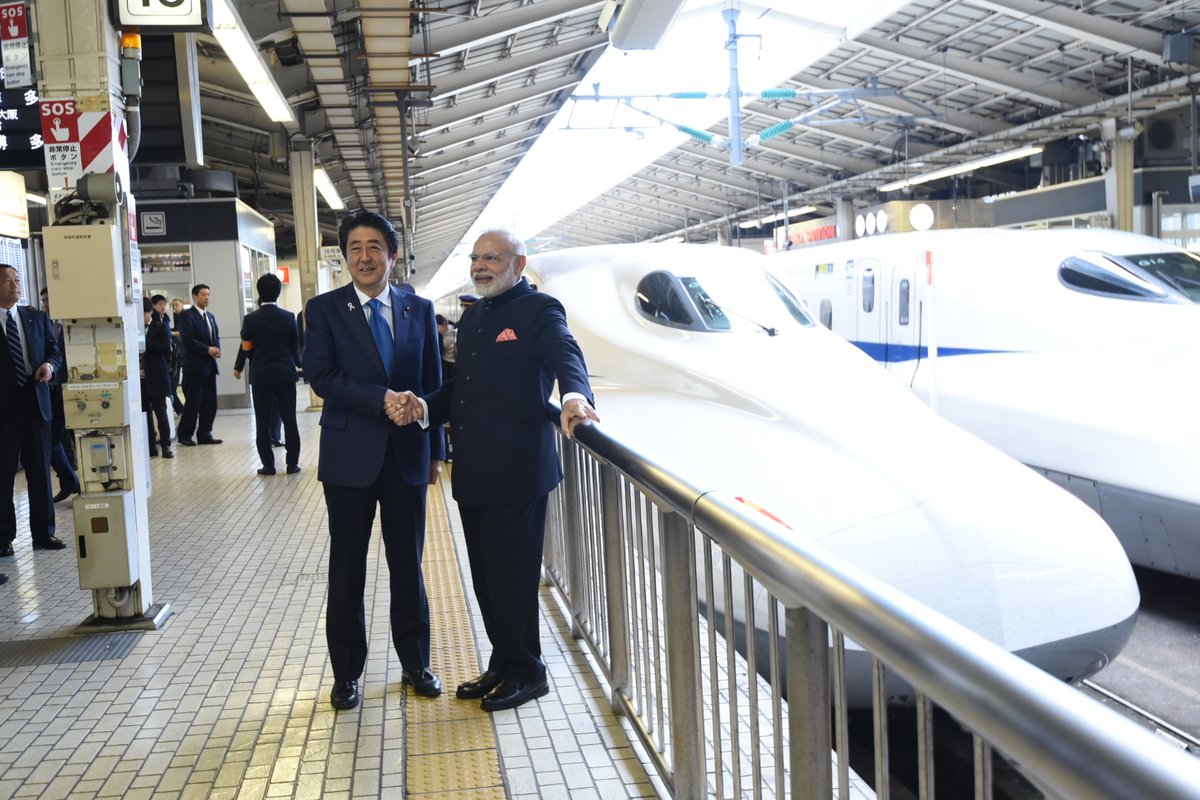
Ahmedabad: The dream project of Prime Minister Narendra Modi which is first bullet train of India that will run between Ahmedabad and Mumbai at a maximum speed of 350 km per hour, covering the 508-km stretch in under three hours.
The ambitious project, which was today launched by Prime Minister Narendra Modi and his Japanese counterpart Shinzo Abe, would cost around Rs 1.10 lakh crore. Japan is giving a loan of Rs 88,000 crore for the project at a minimal interest of 0.1 per cent.
The government wants to start the services of the proposed Ahmedabad-Mumbai High Speed Rail Network, commonly known as the bullet train on August 15, 2022 to mark India’s 75th year of Independence.
The bullet train would run at an average speed of 320 km per hour and at a maximum speed of 350 km per hour.
It will stop at 12 railway stations on the route but only for 165 seconds each. A 21-km-long tunnel will be dug between Boisar and BKC in Mumbai, of which seven km will be under water.
The railways will only require around 825 hectares of land for the project as 92 per cent of the route will be elevated, six per cent would go through tunnels and only the remaining two per cent would be on the ground.
First high speed bullet train bewteen Ahmedabad, Mumbai to run in India by 2022:
The railways would run about around 35 bullet trains when it starts operation with about 70 trips per day. The number of trains would be increased to 105 in 2050.
Rail Minister Piyush Goyal, who was present at the event today, said it was an experience in a train that led to changes in Mahatama Gandhi’s life and now it was a train that bound India and Japan in friendship and goodwill.
Goyal had earlier said that the fare of the high-speed bullet train would be “affordable for all”.
Initially, the train would have 10 coaches with a total seating capacity of 750 passengers. Later, it is proposed to have 16 coaches with a seating capacity of 1,250 passengers.
The train would have two categories of seat-executive and economy-with the prices comparable with the base AC 2- tier fare of the Rajdhani Express.
In the initial days, around 1.6 crore people are expected to travel by the train annually, adding that by 2050, around 1.6 lakh commuters would be travelling by the high-speed train on a daily basis.
The train would require a cleaning time of four hours, after running for 20 hours.
Entertainment
Meghalaya Reserves Legalized Gambling and Sports Betting for Tourists

The State Scores Extra High on Gaming-Friendly Industry Index
Meghalaya scored 92.85 out of 100 possible points in a Gaming Industry Index and proved to be India’s most gaming-friendly state following its recent profound legislation changes over the field allowing land-based and online gaming, including games of chance, under a licensing regime.
The index by the UK India Business Council (UKIBC) uses a scale of 0 to 100 to measure the level of legalisation on gambling and betting achieved by a state based on the scores over a set of seven different games – lottery, horse racing, betting on sports, poker, rummy, casino and fantasy sports
Starting from February last year, Meghalaya became the third state in India’s northeast to legalise gambling and betting after Sikkim and Nagaland. After consultations with the UKIBC, the state proceeded with the adoption of the Meghalaya Regulation of Gaming Act, 2021 and the nullification of the Meghalaya Prevention of Gambling Act, 1970. Subsequently in December, the Meghalaya Regulation of Gaming Rules, 2021 were notified and came into force.
All for the Tourists
The move to legalise and license various forms of offline and online betting and gambling in Meghalaya is aimed at boosting tourism and creating jobs, and altogether raising taxation revenues for the northeastern state. At the same time, the opportunities to bet and gamble legally will be reserved only for tourists and visitors.
“We came out with a Gaming Act and subsequently framed the Regulation of Gaming Rules, 2021. The government will accordingly issue licenses to operate games of skill and chance, both online and offline,” said James P. K. Sangma, Meghalaya State Law and Taxation Minister speaking in the capital city of Shillong. “But the legalized gambling and gaming will only be for tourists and not residents of Meghalaya,” he continued.
To be allowed to play, tourists and people visiting the state for work or business purposes will have to prove their non-resident status by presenting appropriate documents, in a process similar to a bank KYC (Know Your Customer) procedure.
Meghalaya Reaches Out to a Vast Market
With 140 millions of people in India estimated to bet regularly on sports, and a total of 370 million desi bettors around prominent sporting events, as per data from one of the latest reports by Esse N Videri, Meghalaya is set to reach out and take a piece of a vast market.
Estimates on the financial value of India’s sports betting market, combined across all types of offline channels and online sports and cricket predictions and betting platforms, speak about amounts between $130 and $150 billion (roughly between ₹9.7 and ₹11.5 lakh crore).
Andhra Pradesh, Telangana and Delhi are shown to deliver the highest number of bettors and Meghalaya can count on substantial tourists flow from their betting circles. The sports betting communities of Karnataka, Maharashtra, Uttar Pradesh and Haryana are also not to be underestimated.
Among the sports, cricket is most popular, registering 68 percent of the total bet count analyzed by Esse N Videri. Football takes second position with 11 percent of the bets, followed by betting on FIFA at 7 percent and on eCricket at 5 percent. The last position in the Top 5 of popular sports for betting in India is taken by tennis with 3 percent of the bet count.
Local Citizens will Still have Their Teer Betting
Meghalaya residents will still be permitted to participate in teer betting over arrow-shooting results. Teer is a traditional method of gambling, somewhat similar to a lottery draw, and held under the rules of the Meghalaya Regulation of the Game of Arrow Shooting and the Sale of Teer Tickets Act, 2018.
Teer includes bettors wagering on the number of arrows that reach the target which is placed about 50 meters away from a team of 20 archers positioned in a semicircle.
The archers shoot volleys of arrows at the target for ten minutes, and players place their bets choosing a number between 0 and 99 trying to guess the last two digits of the number of arrows that successfully pierce the target.
If, for example, the number of hits is 256, anyone who has bet on 56 wins an amount eight times bigger than their wager.

